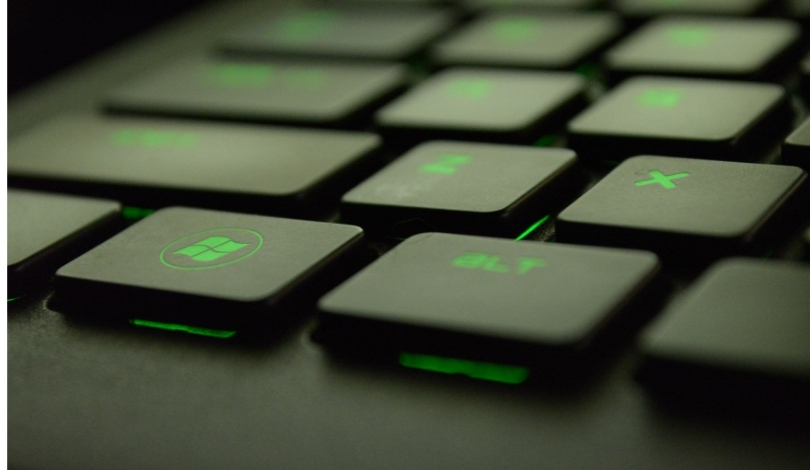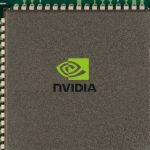Marvel Rivals, the latest hero shooter developed by NetEase, has crafted its roster by strategically selecting characters whose abilities translate well into engaging gameplay. While the game leverages the extensive Marvel Universe, not all superheroes and villains make the cut. The decision-making process focuses on ensuring each character contributes meaningfully to competitive dynamics, enhancing player experience.
Recent discussions highlight Marvel Rivals’ commitment to balanced gameplay, contrasting previous iterations where character selection was less stringent. This approach aims to create a more cohesive and enjoyable environment for both casual and competitive players, building on lessons learned from earlier releases.
Which characters are omitted due to unworkable abilities?
Several characters, such as Manuel Eloganto, Hindsight, Soft Serve, ForgetMeNot, and Bailey Hoskins, are unlikely to appear in Marvel Rivals. Their abilities either do not translate effectively into the game’s mechanics or pose challenges for maintaining balanced gameplay. For instance, Soft Serve’s power to produce ice cream poses technical and age-rating issues, making her a poor fit for the game’s target audience.
How does Marvel Rivals ensure a balanced gameplay?
NetEase employs a meticulous selection process, evaluating each character’s abilities for their potential impact on game balance. By choosing heroes with versatile and complementary skills, the developers aim to prevent any single character from dominating the competitive landscape. This strategy fosters a diverse and fair playing field, where various playstyles can thrive.
What are the criteria for selecting playable heroes?
Playable heroes in Marvel Rivals are chosen based on their ability to integrate seamlessly into the game’s mechanics. Characters with straightforward and adaptable powers, such as those offering clear offensive or defensive capabilities, are prioritized. Additionally, the visual and thematic aspects of each hero are considered to ensure they resonate with players and fit the overall aesthetic of the game.
The exclusion of certain characters underscores Marvel Rivals’ dedication to quality over quantity. By focusing on heroes who enhance gameplay rather than simply expanding the roster, the game positions itself as a well-balanced and thoughtfully designed hero shooter. This selective approach may also pave the way for future updates, where additional characters could be introduced as the game evolves.
NetEase’s careful curation of Marvel Rivals’ characters reflects a broader trend in game development, where balance and player experience take precedence. As the game continues to grow, ongoing adjustments and potential expansions will likely address the diverse preferences of its player base, ensuring sustained engagement and competitiveness.
Efficient character selection is crucial for maintaining the integrity and enjoyment of Marvel Rivals. By omitting characters with unworkable abilities, NetEase ensures that each hero contributes positively to the gameplay experience. This strategic approach not only enhances current gameplay but also sets a solid foundation for future developments and expansions within the game.










